About Raspberries
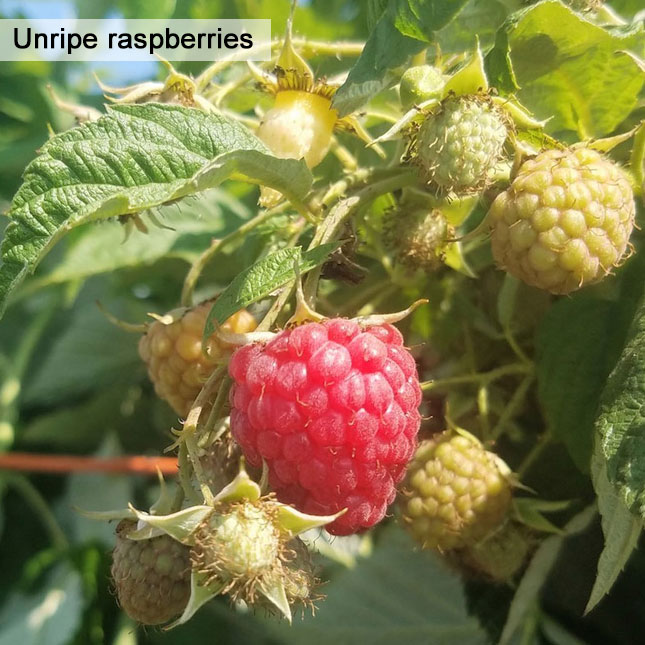
1. Oh Ida, how red your blood.
Raspberries, Greek mythology has it, were once white. Then along came Zeus’ nursemaid, Ida, who pricked her finger on a thorn and stained them red. According to one source, Rubus subgenus Idaeobatus, the botanical name for the fruit, means ‘bramble bush of Ida’. Actually, rubus means red in Latin and Ida was the name of the mountain in Phrygia upon which it grew. In fact, they are white before ripening, but white raspberries also occur from time to time due to a recessive gene that suppresses the production of anthocyanins.
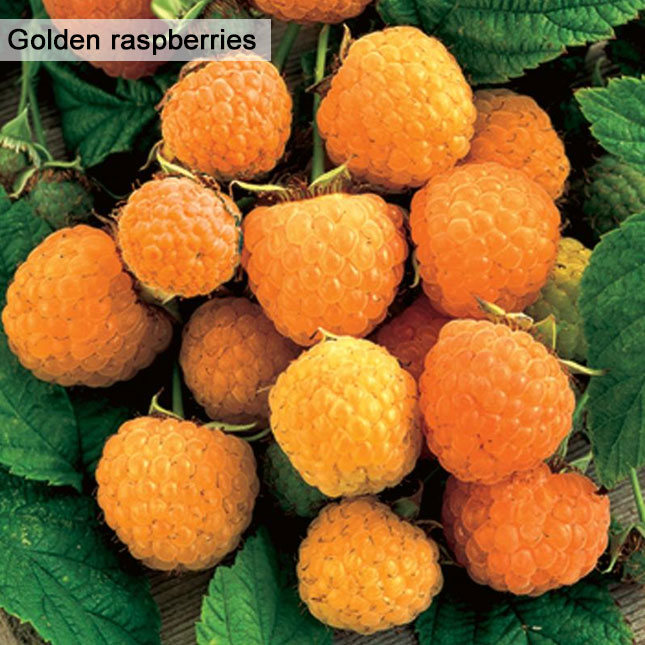
2. Red and yellow, black and purple.
Raspberries come in many colours. Rubus occidentalis is a black raspberry not to be confused with blackberry which is Rubus but one of a different species. The black variety is native to North America. The red variety, Rubus idaeus, is supposed to have been brought from Asia over the Bering Strait, but birds may just as easily have introduced them to North America. Purple ones are a hybrid of red and black. Yellow or golden raspberries are inheritors of that recessive gene.
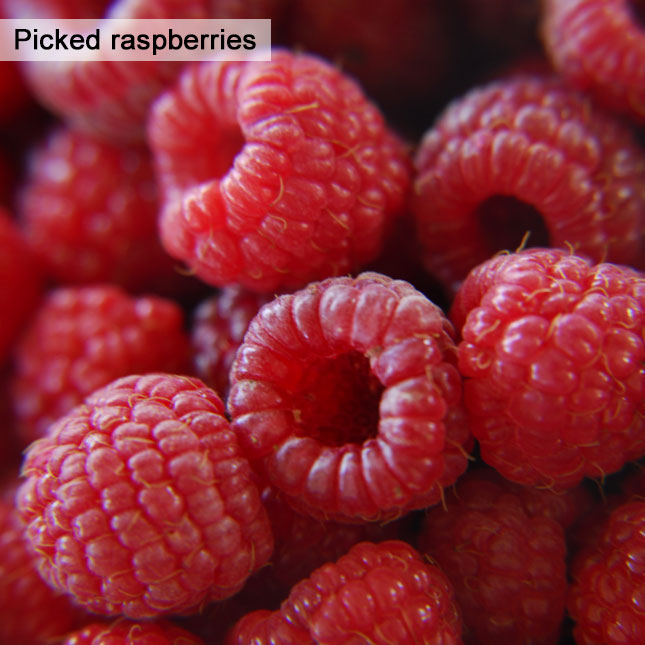
3. Blackberry or black raspberry?
When picked, blackberries retain their core. Raspberries do not. They are hollow inside.
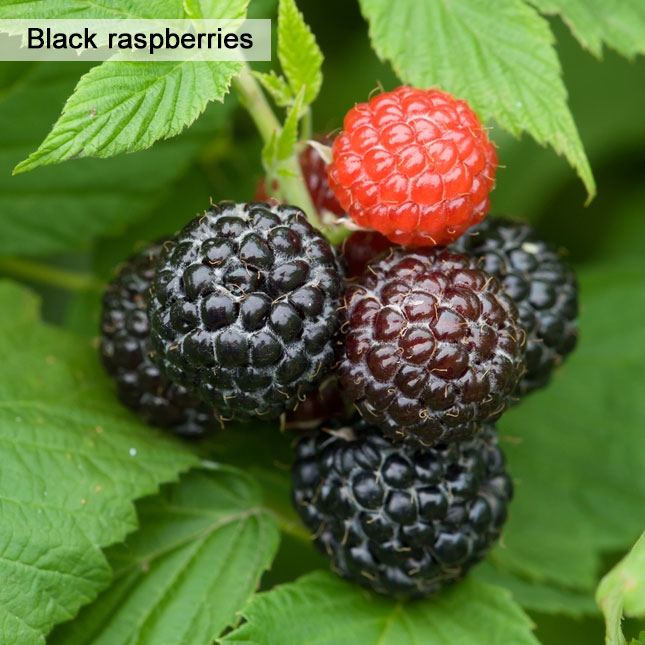
4. More than just a pretty fruit.
Raspberries and their cousins, blackberries, have been used for centuries in herbal medicine. The berries were used as laxatives and diaphoretics and to ease rheumatism and indigestion. Juice was used to alleviate fevers (it does contain salicylates) and to make vinegars which treated coughs and sore throats. The fruit was also indicated for stomach ailments, gum disease and sobering drunkenness. The flowers treated pimples, haemorrhoids and were used as a poultice for eye inflammation. Leaves were said to treat morning sickness, prevent miscarriage and aid in conception. The Iroquois boiled root tips into a concentrated decoction to purify blood and raise or lower blood pressure.
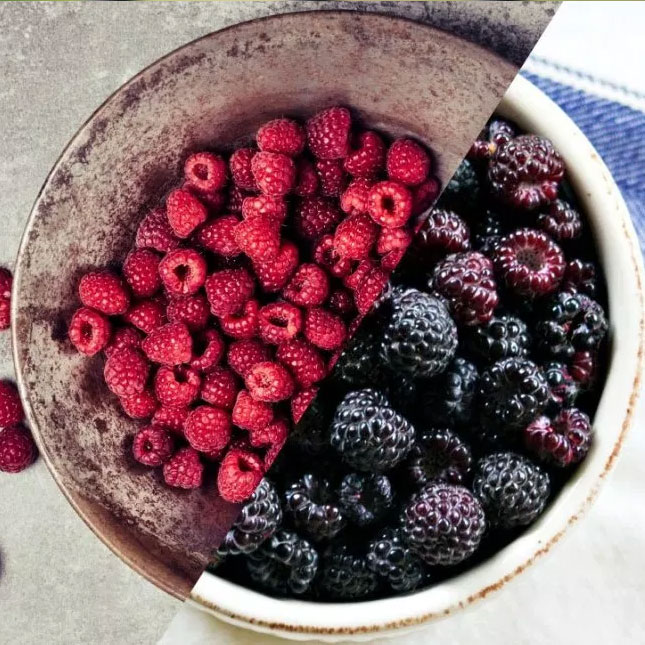
5. One hundred drops of pure good.
Each druplet of the “berry” (it’s actually not a berry but an aggregate fruit) contains about 100 little fruits, each surrounded by pulp and bearing a tiny seed. One cup of the fruit can supply you with 32 mg of vitamin C; 41 percent of our daily requirements for manganese; and good quantities of vitamins B1, B2 and B3. The fruit also contain folic acid, magnesium, copper and iron. Raspberries contain more fibre than any other whole food, being 20 percent fibre by weight.
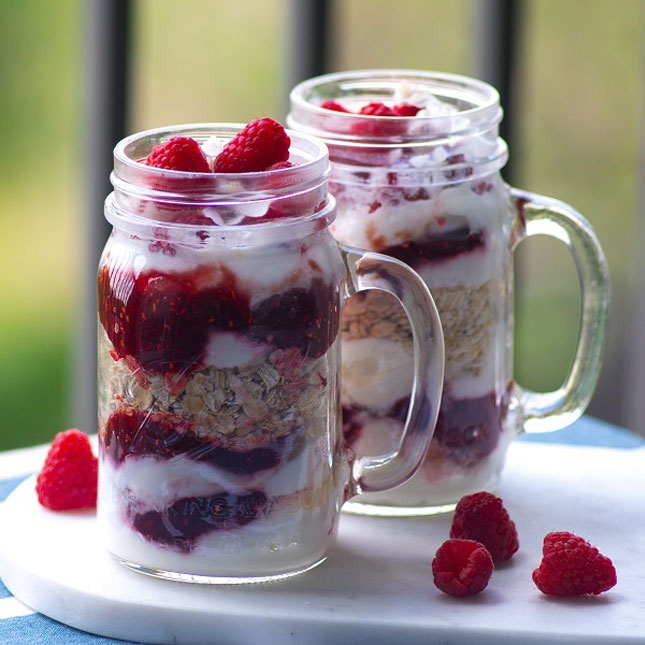
6. Can raspberry control obesity?
The inimitable Dr. Oz has been touting raspberry as a diet aid. Apparently, the fruit contains raspberry ketone. (You may recall the high protein diets of the 80s and 90s that raised ketone levels to help break down fat.) The problem is that the ketone is found in very small quantities (one to four mg per kg of raspberries). If the dose is 100 mg a day, you would need to eat about 25 kilos of the fruit to achieve that effect. While a synthetic product is now made, it may be better to stick to reduced calorie intake to lose weight. Raspberries have only 63 calories per cup!
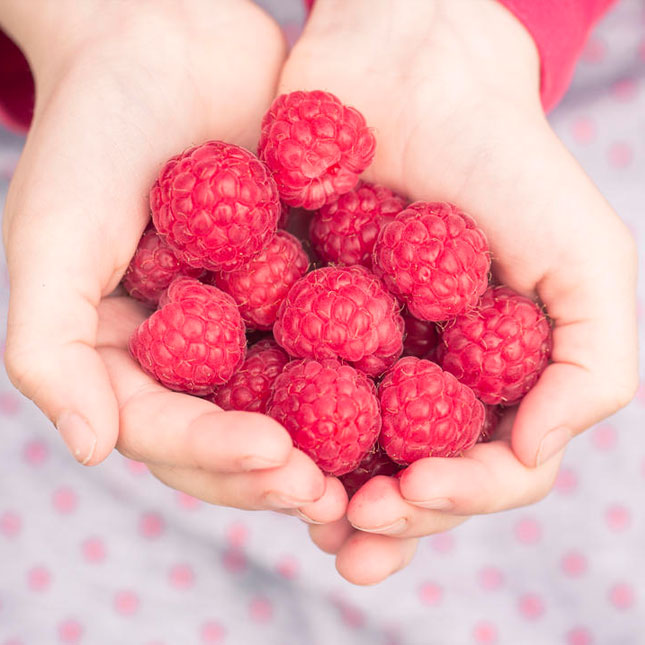
7. More on raspberry ketone.
In fact, raspberry ketone is a very valuable product used in cosmetics and perfume and as a food additive to impart a fruity flavour. Natural raspberry ketone can cost as much as $20,000 per kg. The synthetic stuff, on the other hand, sells for a few dollars per kilo.

8. Blowing a raspberry.
This very rude gesture, so adored by Archie Bunker, got its name from the Cockney habit of using rhyming slang to impart a message. They called a fart a raspberry tart: hence, blowing a raspberry.
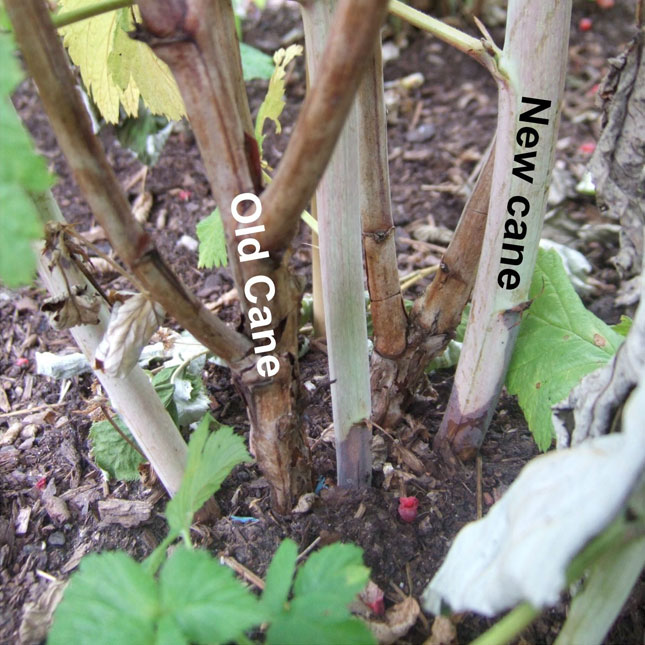
9. When to prune a raspberry.
This depends on whether you have summer-bearing or fall-bearing raspberries. For summer-bearing, you must cut off all the canes that bore fruit after you’ve harvested. The canes that remain will be in their first year and they’ll be green. For fall-bearing (sometimes called ever-bearing) mow the whole thing down in early spring.
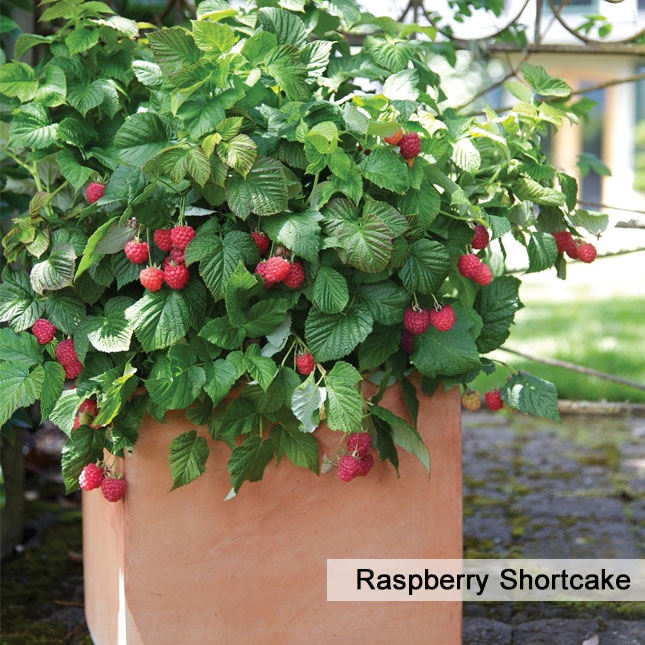
10. Thornless raspberries.
There are now a number of thornless raspberries that will make your job of pruning much easier. Fall Creek Farm and Nurseries from Oregon introduced a thornless plant called ‘Raspberry Shortcake’ that is ideal for growing in containers on your patio. Monrovia is distributing them, so watch your local garden centre.



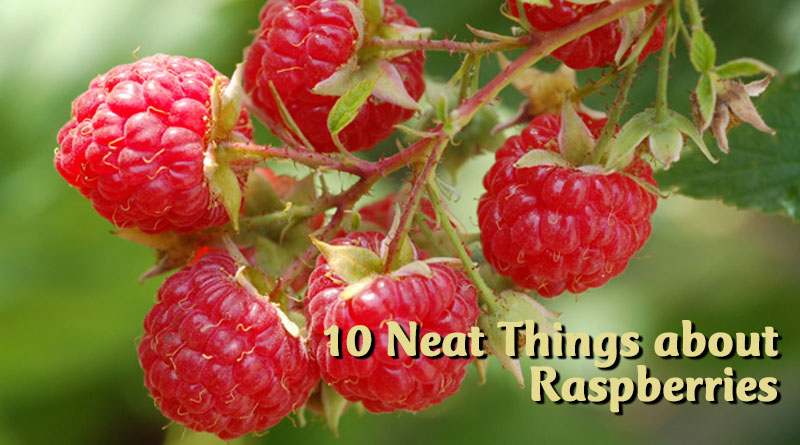
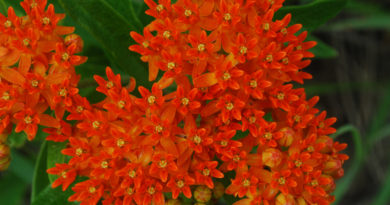

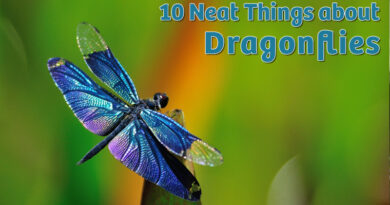
Pingback: The Gardener (August 4, 2019) - Canada's LOCAL Gardener magazine